Biohumus is an organic substance that is created using earthworms. Their activity improves the composition of the soil. The larger the number of worms, the better its composition. It is possible to use biohumus without restrictions. It can be used to fertilize home flowers and to increase the yield of garden land. Earthworms process compost produced by cattle or organic waste that is rotten.
Content
Biohumus - what is it
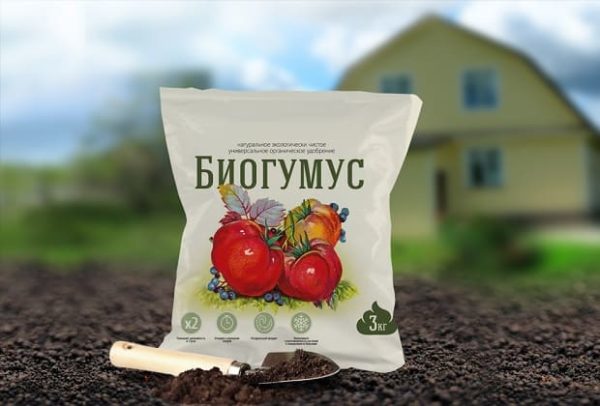
In the production of vermicompost, special Californian or Worm miner breeds are used.
The main properties of vermicompost:
- biological product that does not cause danger to ornamental and fruit crops;
- The composition includes compounds of humic and mineral fertilizers.
Biohumus has a multicomponent composition:
- organics combined with biological trace elements;
- vitamins, enzymes and hormones necessary for a plant;
- essential acids.
Biohumus exceeds manure in terms of trace elements; its environment is neutral (pH 6.8–7.4). Often in the garden you can see small mounds of fresh land. This is the humus that worms produce. The worm passes soil through itself. Thus, processing the main organic substances (manure, grass, foliage).
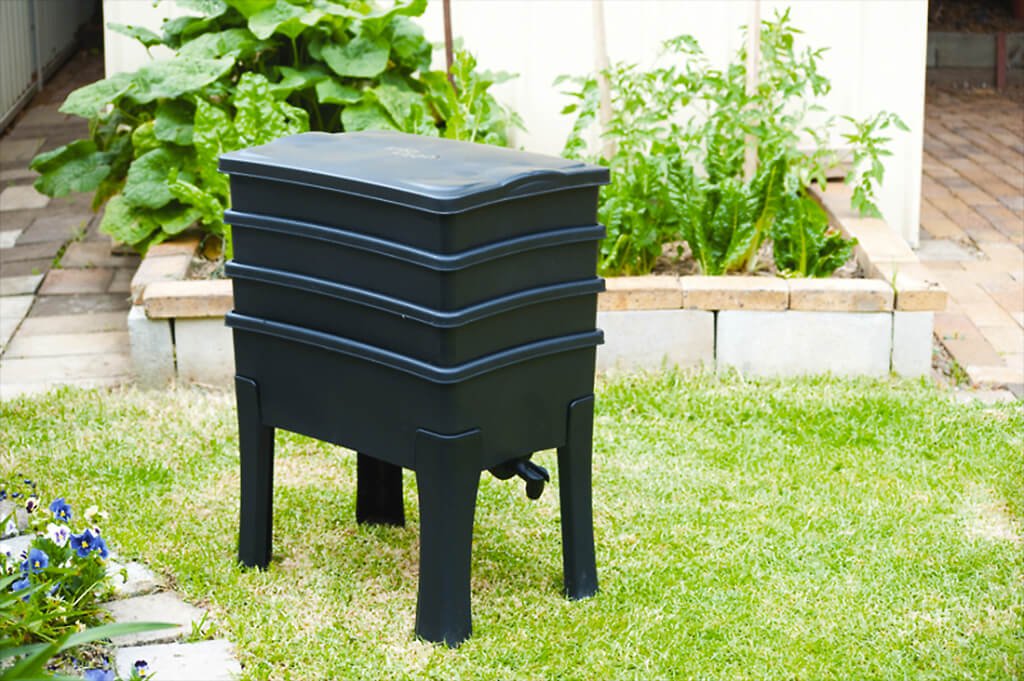 You may be interested in:
You may be interested in:After processing, nutrients can be absorbed by plants. When not processed, compost and manure are not absorbed by plants on their own. They consume the beneficial properties of a natural supplement in the form of humus. It can be concluded that worms are the main producers of vermicompost. The land they cultivate is rich in trace elements, amino acids and natural antibiotics.
Dry vermicompost strengthens plants and improves their immunity. Plants develop stable disease resistance.
Effect on plants
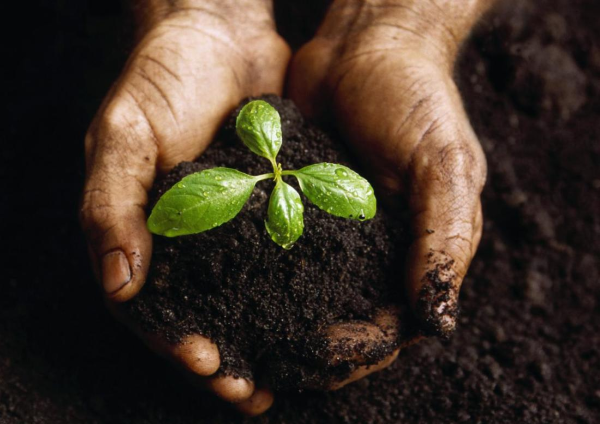
Biohumus has a positive effect on the growth and further growth of plants. Useful elements for a long time are not washed out of vermicompost, they are contained in a simple form and are available for assimilation.
The composition of humus contains stimulants of seedling growth. In soil with a humus content, the amount of nitrates and radionuclides decreases.
The effect of vermicompost on plants:
- the fertilizer does not have harmful substances (bacteria, larvae, nitrates);
- the immune system of plants improves, they look healthier, they tolerate drought and frost more easily;
- seed germination increases;
- the plant survives better, which is important when transplanting;
- the amount of harvest increases;
- palatability improves, the fruit ripening period is reduced.
Biohumus, unlike fertilizers with chemical elements, has a wider range of possibilities. Mineral fertilizers that are not absorbed by the plant can persist for a long time in the soil. The soil is in an ecological order, which favorably affects the fruits. Enriched fruits have a beneficial effect on human health.Humic acids reduce the risk of developing oncology in the human body.
Fertilizer Application Instructions
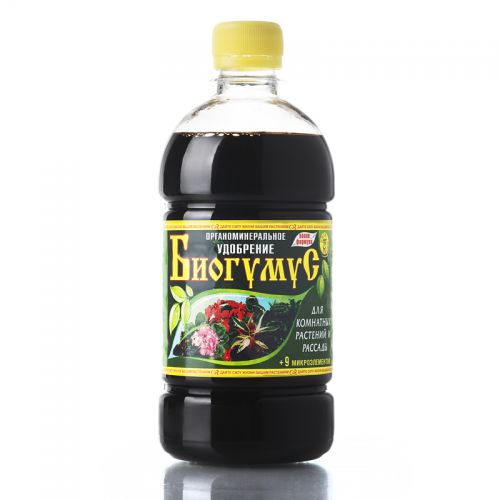
Humus has universal use properties. It can be used for gardening and vegetable crops, used as soil for flower seedlings. Also, seed material can be processed with humus.
In the garden, the use of fertilizer is permissible at any time. It is rational to add it in the spring when digging the soil. In the autumn, use humus in preparing the garden for winter.
There are 2 types of humus:
- dry granules;
- liquid form.
Granules are digging with the ground. A liquid solution is necessary for watering plants.
Liquid humus is preferred. It absorbs better and faster into the soil. The concentration of fertilizer is several times greater than dry. Fertilizer to use in garden areas and for indoor flowers. It is preferable to apply in the open ground:
- as dressings;
- for soaking seeds;
- for spraying plants;
- to prepare the land before planting.
Biohumus liquid - instructions for use:
- To prepare the solution, it is necessary to mix 1 part of the solution and 10 parts of water.
- To increase the concentration, the dose can be increased.
How to use biohumus:
- Take the liquid solution to soak the seeds before planting. Dilute liquid biohumus at the rate of 1 ml solution per glass of water.
- As a root dressing.
- Apply for seedlings and its watering (5 ml diluted in 1 liter of cold water) and watered 2-3 times a week.
- To fertilize potatoes, use the prepared solution (at the rate of 20 ml per 1 liter of cold water). Apply at the time of planting, adding to each well with potatoes.
You can process the tubers before planting.
It is good to apply liquid fertilizer before planting berry bushes, adding a solution to the pit before planting. For a more accurate application, the attached instructions must be observed.
Dry fertilizer must be applied correctly. Here are the biohumus application rates:
- for potatoes at the rate of 200 gr per 1 sq.m;
- for strawberries - 150 grams per 1 sq.m;
- for tomatoes - 100 grams per 1sq.m;
- when planting fruit trees - up to 10 kg per pit.
Granules must be mixed with the ground and shed well. On average, to calculate the use of the drug, it is necessary to take 0.5 kg per 1 sq.m. Biohumus is a safe fertilizer and it is almost impossible to make a mistake with the calculation of application.
How to make biohumus
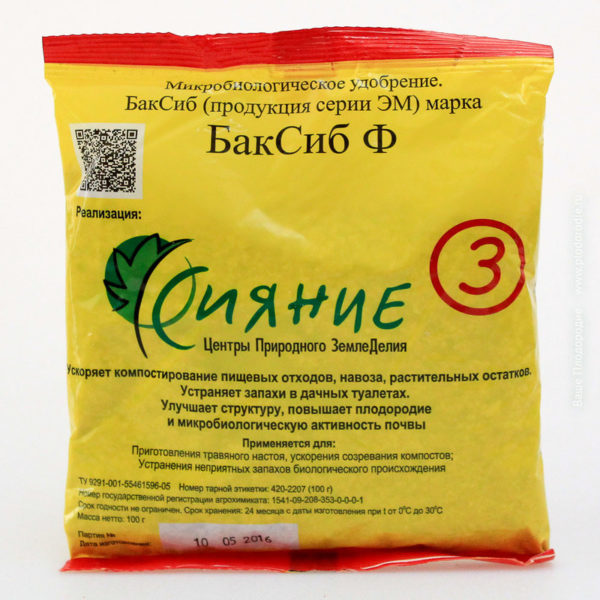
At home, it is easy to cook it, spending a little time and saving decent money. Technique of work:
- Grind in a blender peeling vegetables, peel fruits and seeds.
- If organic fertilizer contains a lot of moisture, then it needs to be dried by adding sawdust. In the resulting mixture add the preparation Radiance-3 and mix. Let it brew.
- Fold a mixture of container with sawdust. Store at a temperature not exceeding 24C for about 7-10 days. The mixture should have the smell of sauerkraut, the smell of rot can indicate high humidity.
- Mix the mixture with soil containing worms. The container should be closed so that the worms do not crawl out. When the worms process the entire mixture, you need to add a new portion of the waste. All individuals will gather in one place. Such soil must be transferred to a new container.
- The resulting fertilizer is ready for use.
Humus is a safe drug. Manufacturers produce it in plastic bags to preserve moisture. Dry granules are non-flammable and fireproof. At using vermicompost gloves should be used, wash hands with soap after use. In case of contact with the stomach, rinse with plenty of water.
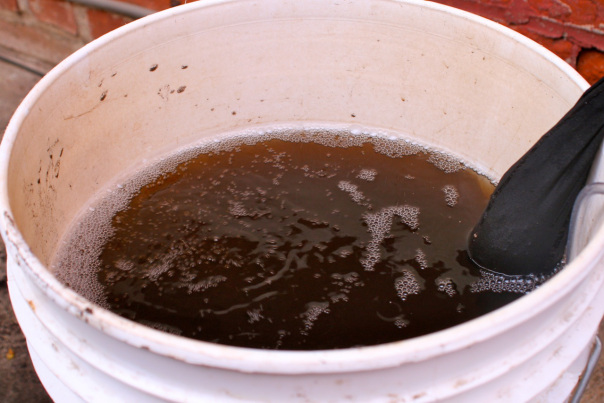 You may be interested in:
You may be interested in:Consumer Reviews
Gardeners often share their feedback to share information and experiences. Here are some of them:
Olga, 32 years old
I am fond of ecological farming. Often you have to use biohumus organic fertilizer. I apply it to all cultures that grow in the garden. Plants perceive it well, grow faster, bloom well and bear fruit faster.
Ivan, 60 years old
I have been using biohumus on the garden plot for several years. It is not cheap in value. You can cook biohumus at home, but for me it is troublesome. Seedlings and plants grow better, the quality and quantity of the crop improves. I use fertilizers for all plants. It can also be used for shrubs and young seedlings.
Maria, 41 years old
I love flowers. I grow them both in the garden and at home. Somehow they began to hurt, and I began to study what biohumus is and why it is needed. Now I add it to all the flowers. Plants get good nutrition, grow better, become lush and bloom longer. I recommend the use of gardeners and flower lovers.
Biohumus is a universal fertilizer that can be used for all types of plants. Fertilizer is completely safe to use, and the benefits of its use are very great.

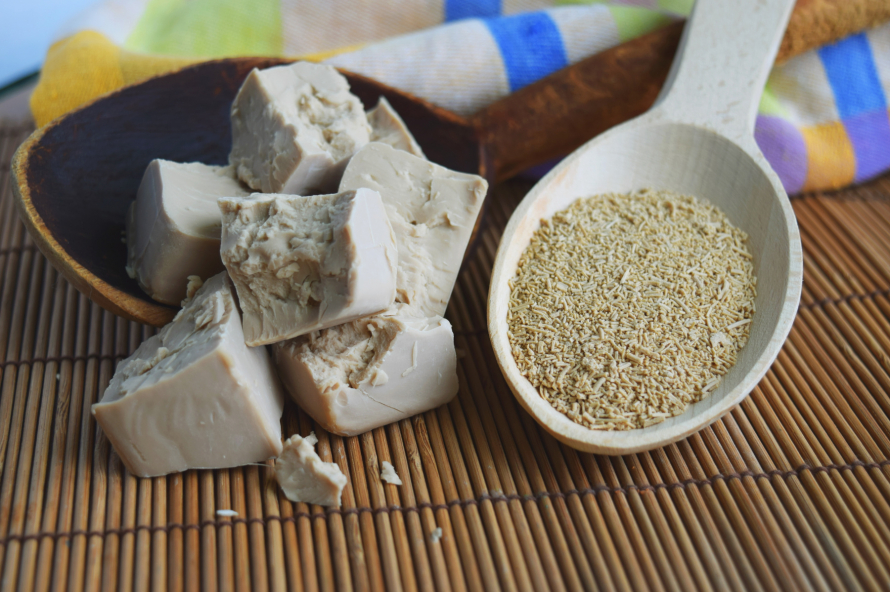
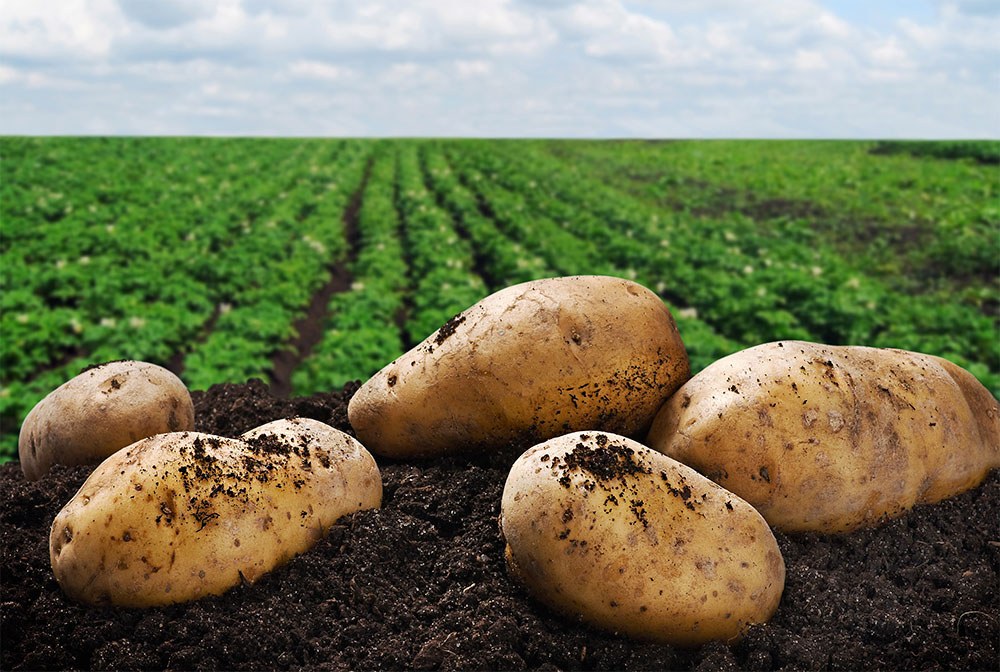
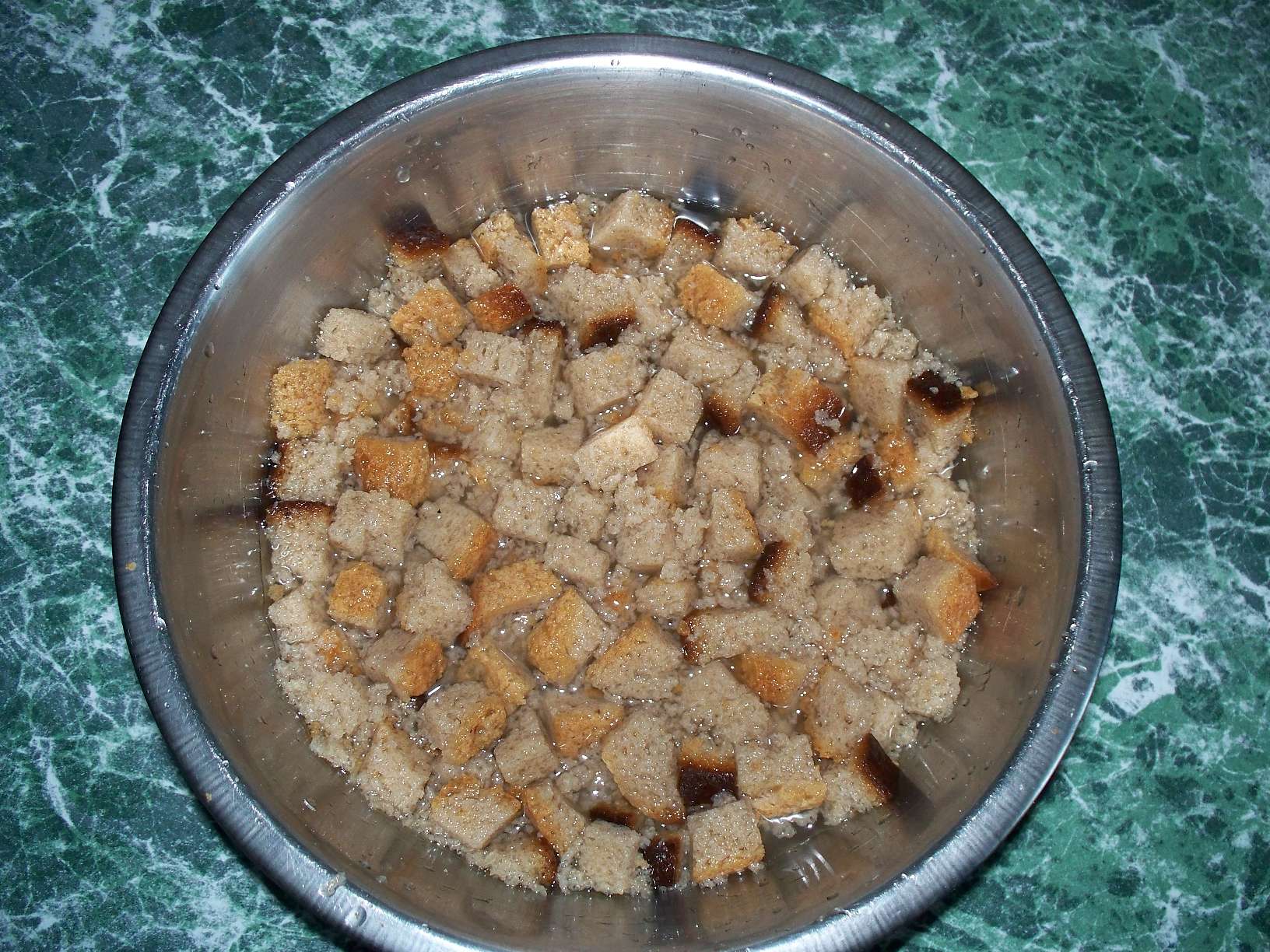
 Superphosphate: what is it and how to apply it
Superphosphate: what is it and how to apply it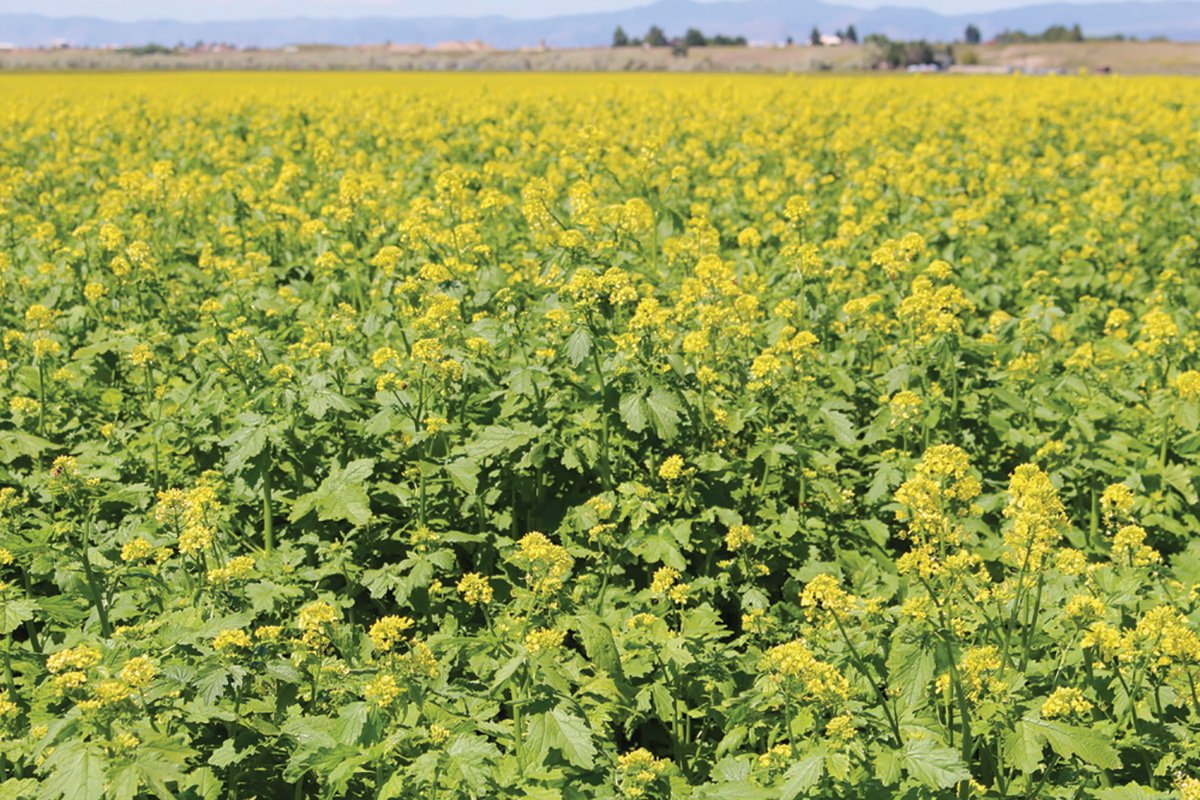 What problems can be expected from siderats?
What problems can be expected from siderats?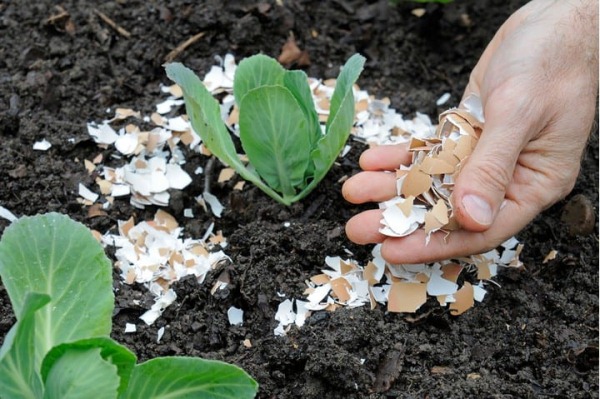 Secrets of the collection, storage and use of eggshells in the garden
Secrets of the collection, storage and use of eggshells in the garden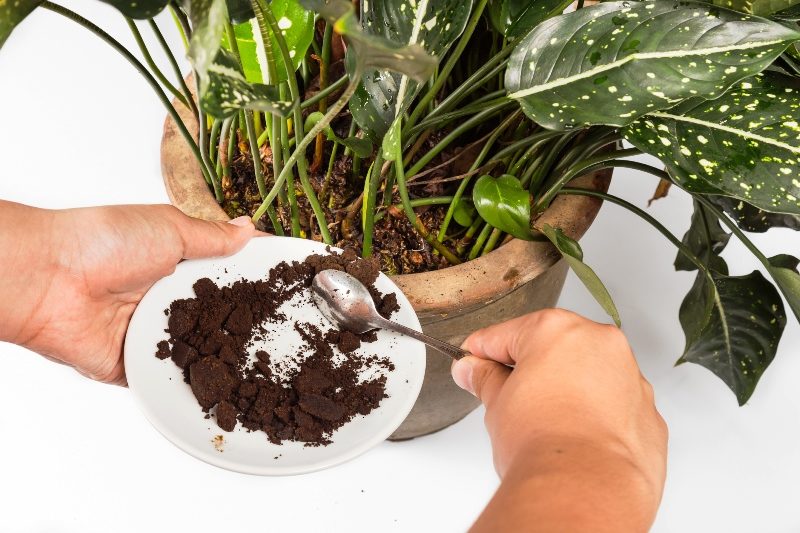 The most popular top dressing for indoor plants
The most popular top dressing for indoor plants